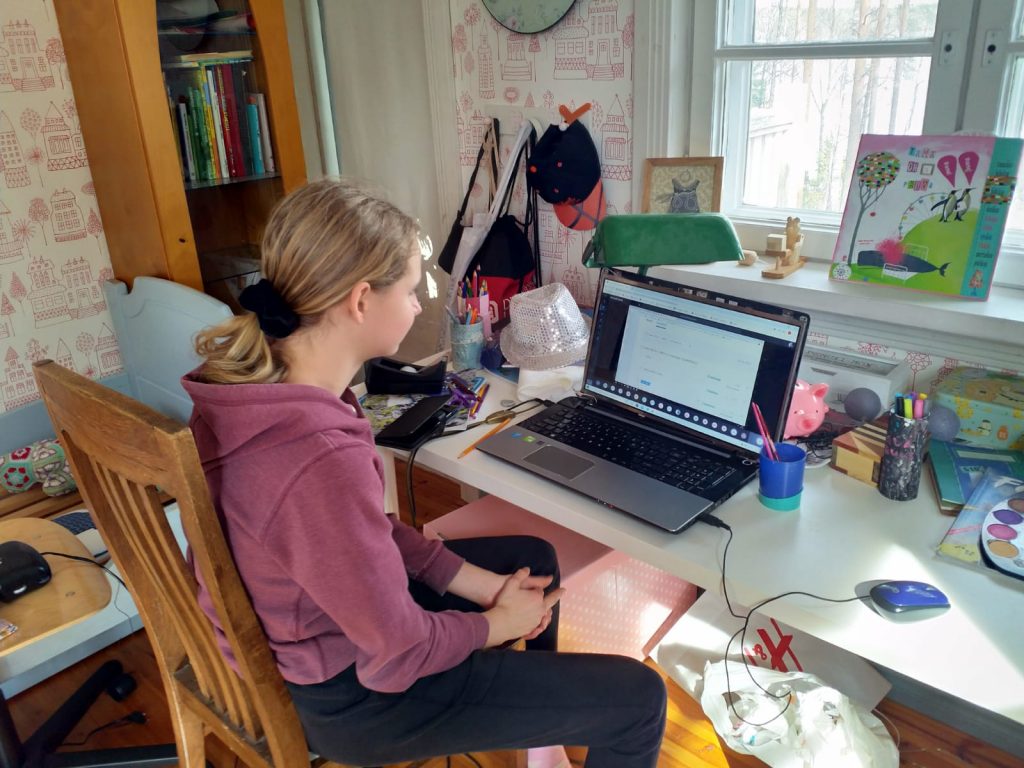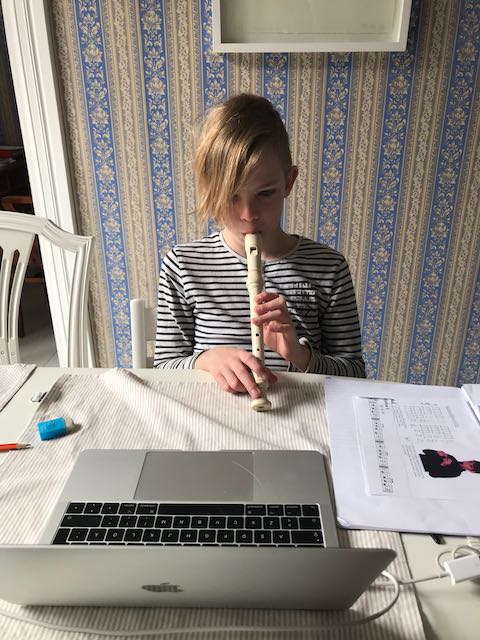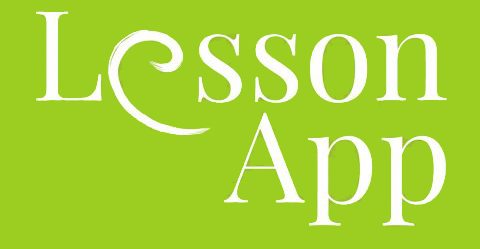This blog post is part of Maltese radio interview with Johanna Järvinen-Taubert in May 2020, 2/3. Radio interview was arranged by Dr Kenneth Vella, headmaster of the St Joseph Mater Boni Consilii school in Paola, Malta.

First of all, the school ensured that pupils receive equipment and supplies from school so that they could participate in distance learning. Schools could lend equipment, especially if a child did not have a computer, a laptop or other mobile device at home. Some municipalities also arranged free school lunches for pupils participating in distance teaching.
The most commonly used digital platforms and applications in Finland are Wilma, which is widely used Finnish digital platform and web service, Microsoft Teams, Google classroom and Moodle. Also, Finnish publishers provide a lot of digital exercises and material online.
Teachers were really innovative when planning assignments for students in distance teaching. They used creatively home as a learning environment. Here are a couple of examples:

- For instance, my twelve-year-old daughter along with her classmates was asked in environmental science lesson to check all the hinges at their home and if needed to tighten them or grease them.
- In subject called Crafts the second graders (8-9 years old) were asked to check all the fire detectors at home, do the vacuum cleaner maintenance, check, what kind of tools they can find in their house and for what they are used for.
- In home economics subject 7th grade students (13-14 years old boys and girls) were given assignments to bake for Easter and tidy up the contents of kitchen storage cabinets. All parents loved this assignment 😊!
- In chemistry the 8th graders did science experiments with red cabbage, baking soda and different cleaning liquids at home.
- Also, projects related to upcycling useless home items into new products have been another way to practice academic and practical skills at home. For instance, my 12-year old daughter was asked to design a robot out of recycled materials she could find at her own home.
All these assignments show, that Finnish education puts a lot of value on learning skills needed in life.
Parents have an obligation to ensure that their child participates in distance learning arranged by the school. In general the most concerning issue for students and parents was the amount of assignments teachers were giving to students. It seemed that some teachers had given too many exercises to students and the students had been overwhelmed by them. Usually, open communication between parents and teachers helped in this kind of situations.

What has been remarkable to witness, is the readiness that most of the pupils and students had for distance studying. It is amazing, how tech-savvy and self-directed they are, how capable they were handling different applications and channels, and how responsible they were in their studying in general. The emphasis on self-directedness and multimedia literacy in Finnish schools was really paying off now.
Of course, this was not the case with all children. What worried people most in Finland, is how students with different needs for support were coping with this current situation. Not everyone was capable of self-directed guiding of their studies and many students would have needed different types of support. Not everyone had parents all the time at home to help them, either. We were really striving to find workable solutions for these students also in these times, but the situation raised concerns.
The general attitude in Finland is, that this situation we had will change the teaching methods and habits also after the pandemic. Many teachers and students noticed the advantages that digital aids can bring to teaching and these solutions will most certainly be used much more in the future, too.




0 Comments